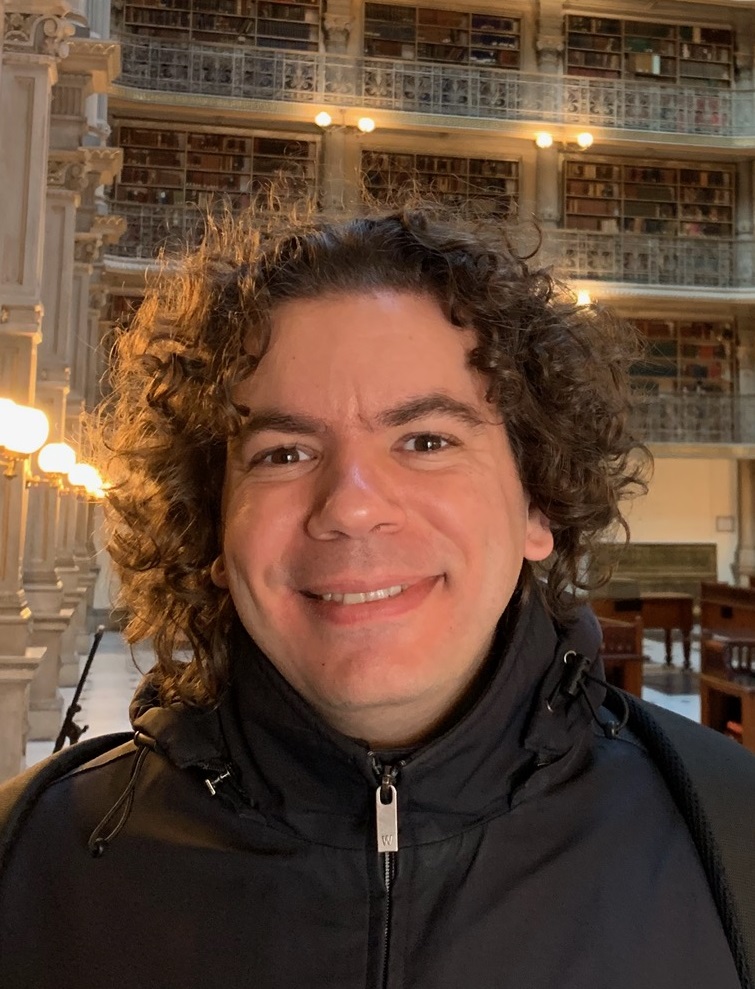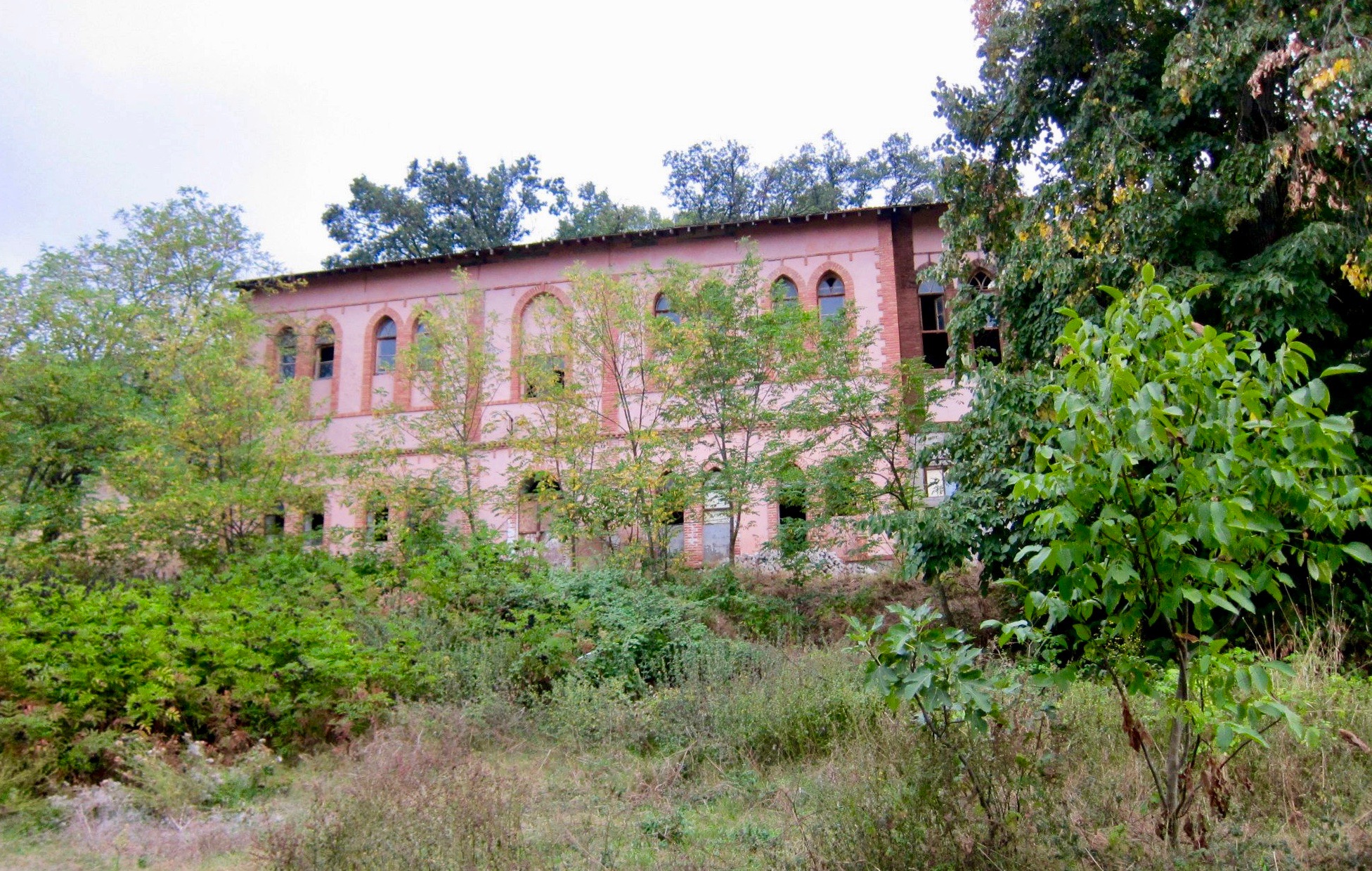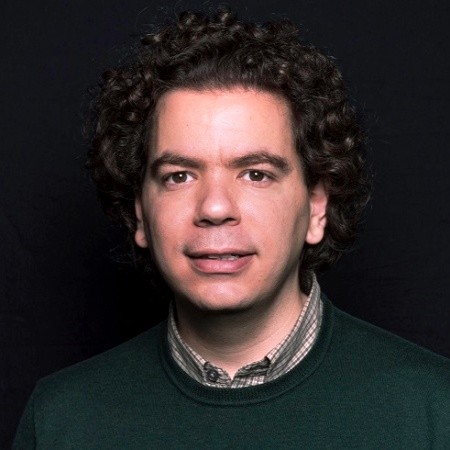Since September 27th there has been a resurgence of armed conflict in the Caucasus between the small nations of Armenia and Azerbaijan over the disputed enclave of Nagorno Karbabakh, or Artsakh as it’s known in Armenian. The backstory to this decades-old conflict is complex, so be sure to check the documentary films linked to below if you would like to do a deeper dive into the historical context. And be sure to check out our previous two-part episode on Armenia, Armenians, and Armenian-ness as well.
In short, Nagorno Karabakh is an ethnic-Armenian-majority enclave within the nation of Azerbaijan, and the conflict, at least as it’s commonly framed, is one of territorial integrity for Azerbaijan and of ethnic autonomy and self-determination for the region’s Armenian population. In a referendum that was boycotted by the territory’s Azeri population, the parliament of Nagorno Karabakh declared its desire to be united with the Republic of Armenia in 1988, as the Soviet Union was dissolving. Tensions erupted into a bloody war between 1992 and 1994, and when a ceasefire was signed in 1994, the Republic of Armenia and the Armenian population of Nagorno Karabakh had secured de facto autonomy for the territory as well as a buffer area of occupied Azeri land around it. The body in charge of overseeing negotiations is known as the Minsk Group and its foreign counterparts include Russia, the United States and France. And that is more or less where things have remained frozen since 1994, with the notable exception of a few bloody skirmishes. That is until late September of this year when fighting started along the so-called “line of contact” between Nagorno Karabakh and Azerbaijan. What has transpired since is full scale war, complete with the extensive use of drones, heavy shelling, and missile strikes which has resulted in heavy damage and casualties in civilian areas. At the time of publication a very unstable ceasefire negotiated by Russia has been in place since October 10th, but before the ink was dry there were already reports of violations coming from either side.
Our guest is Emil Sanamyan, a fellow at the University of Southern California’s Institute of Armenian Studies.







